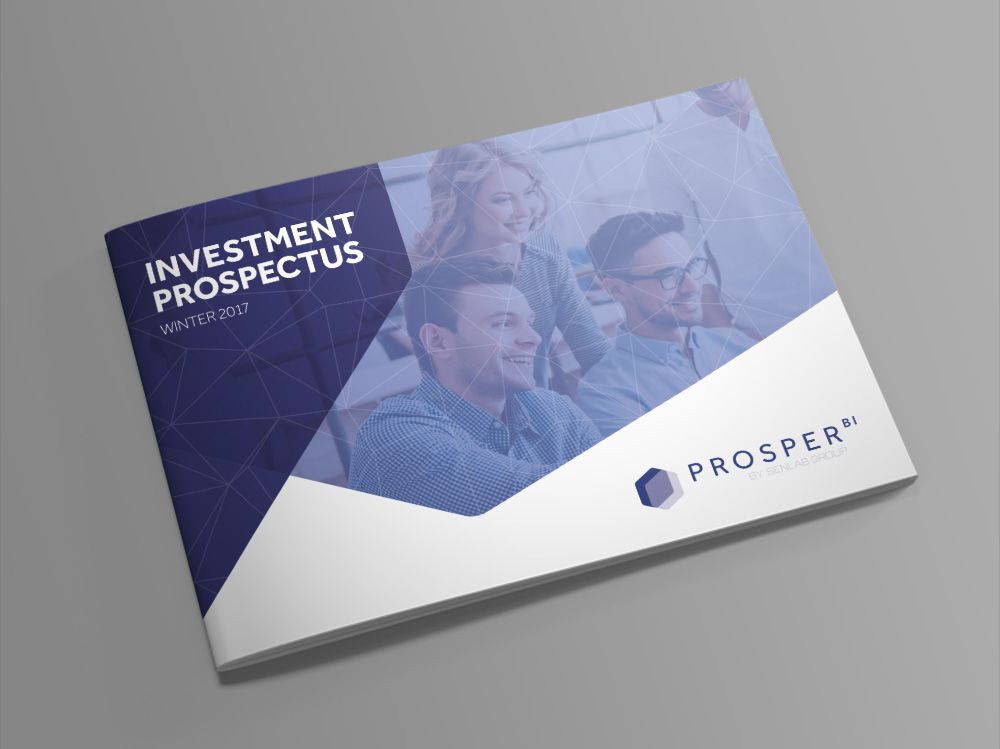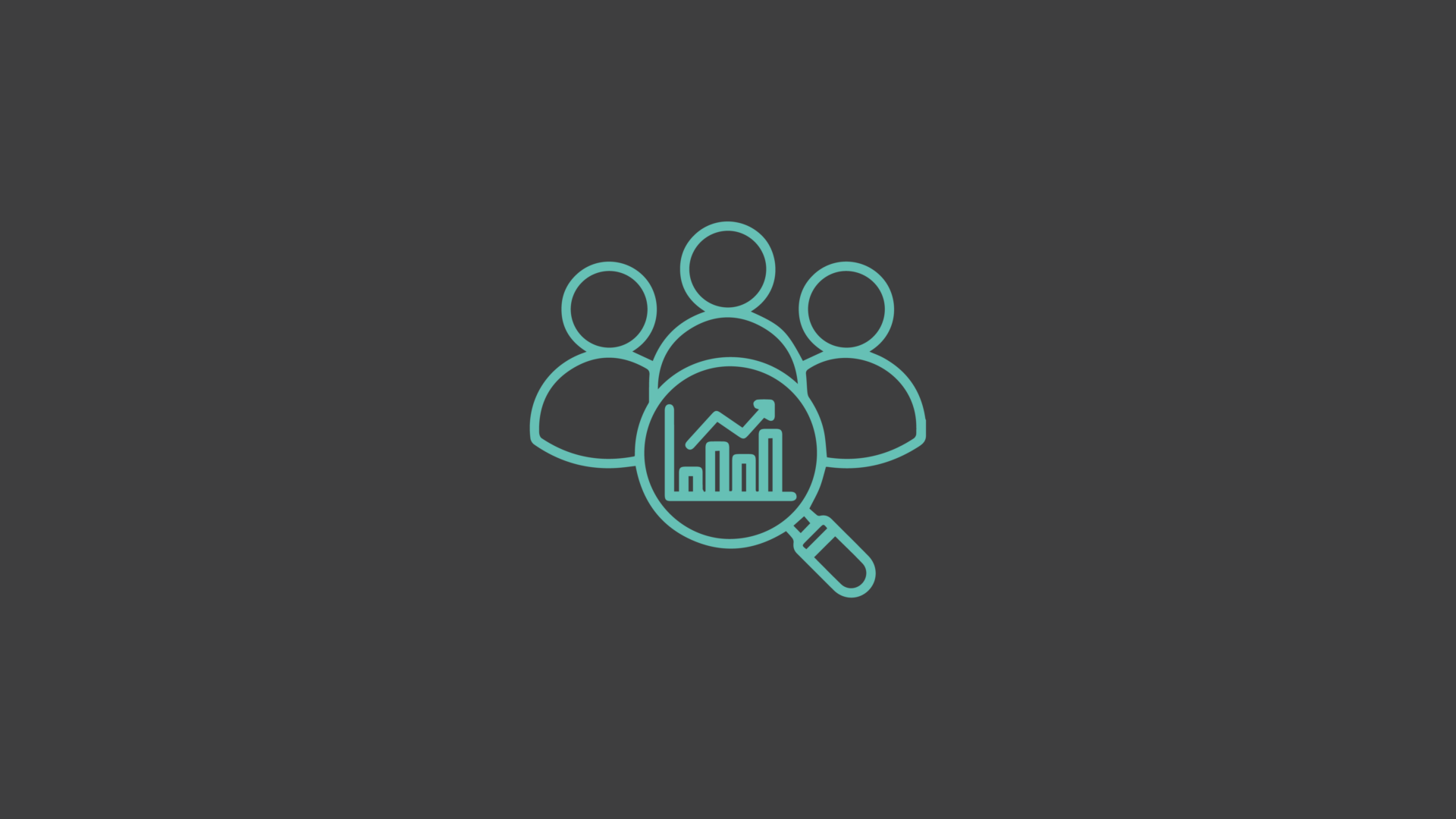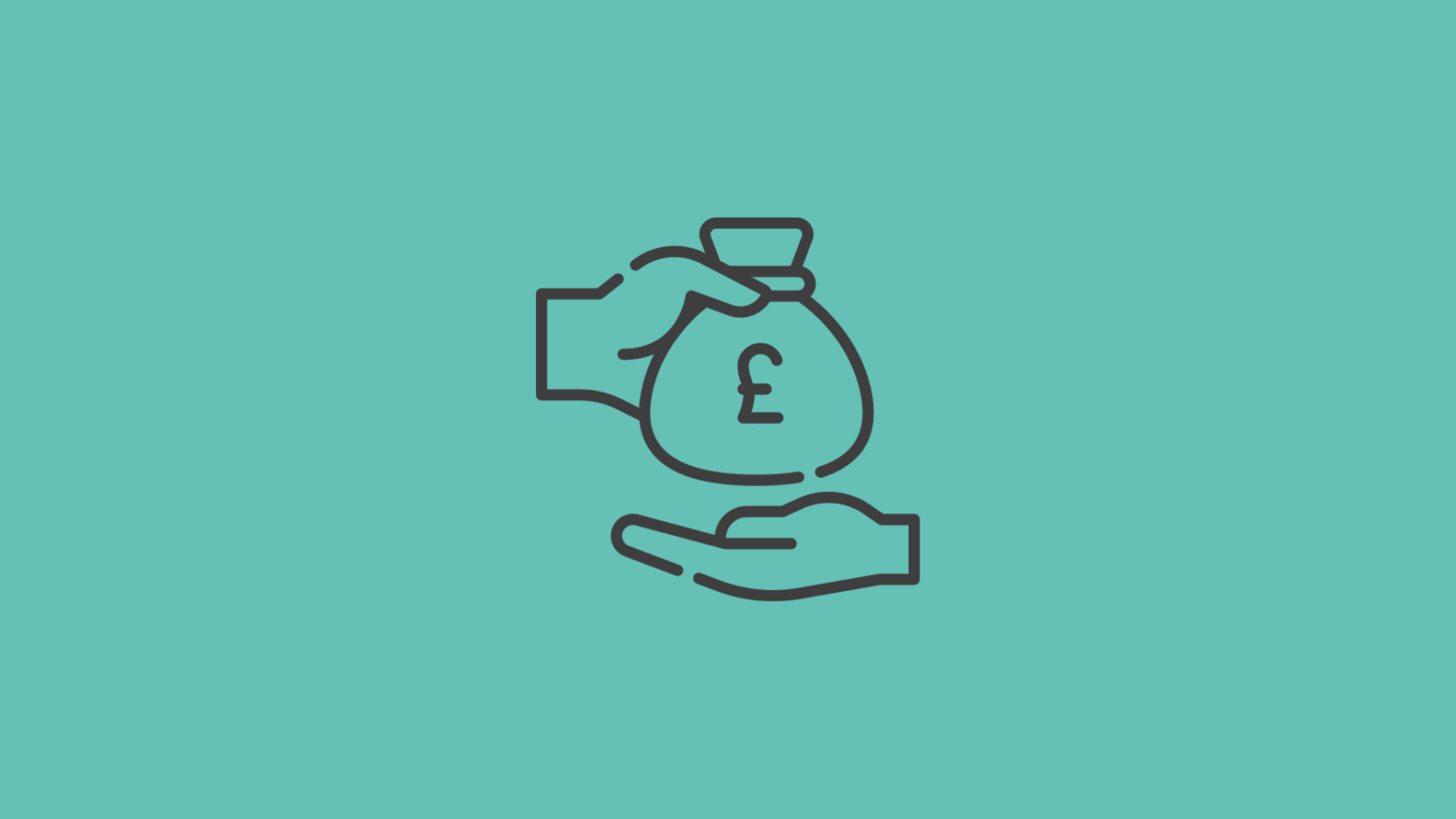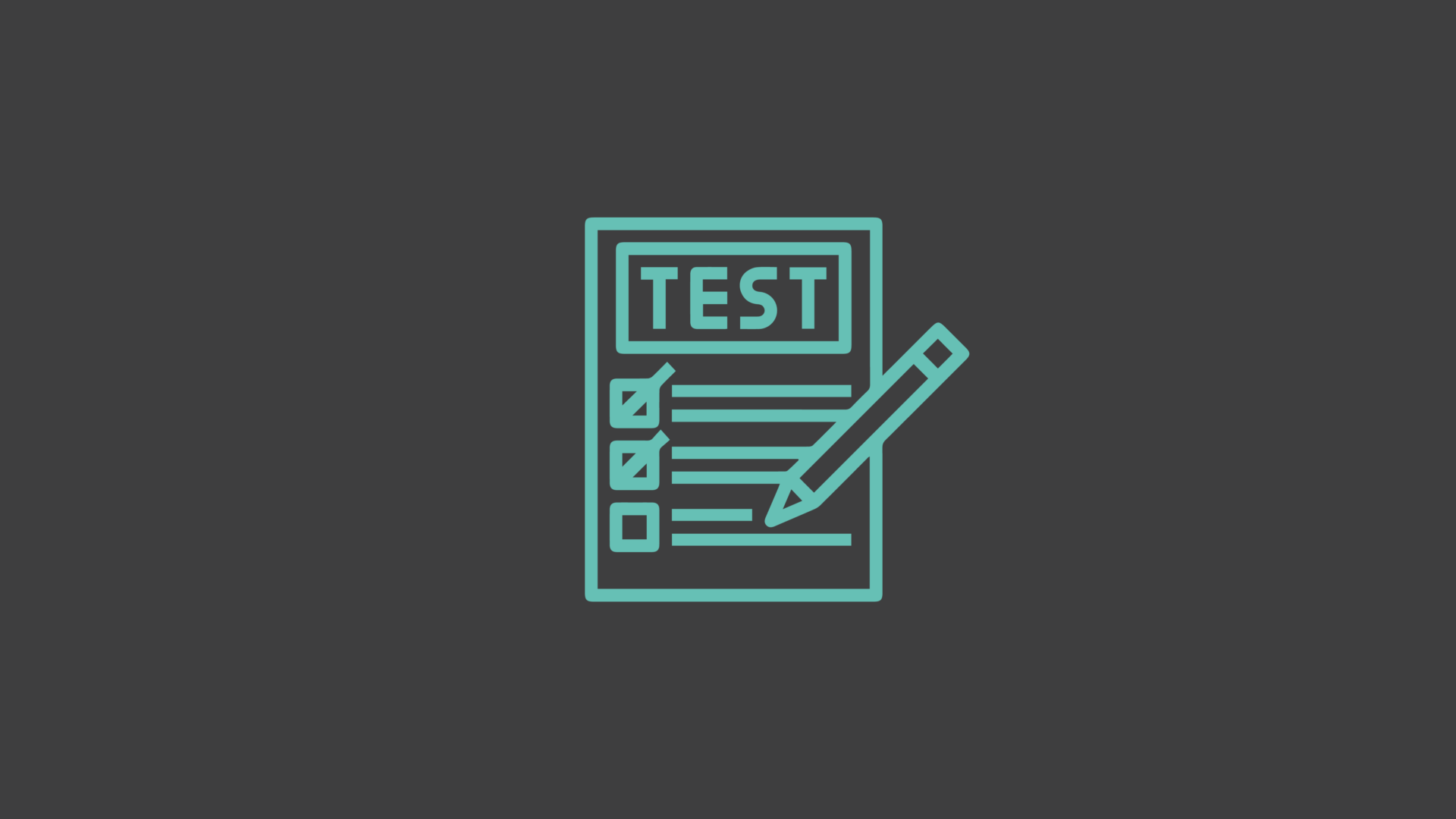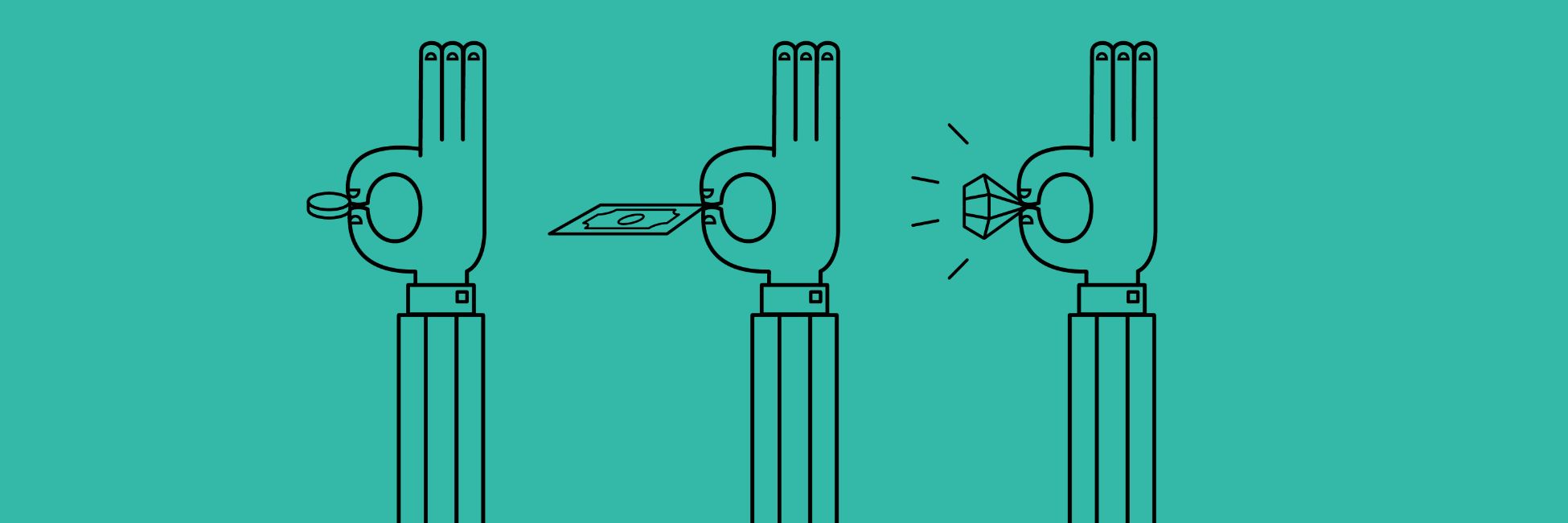
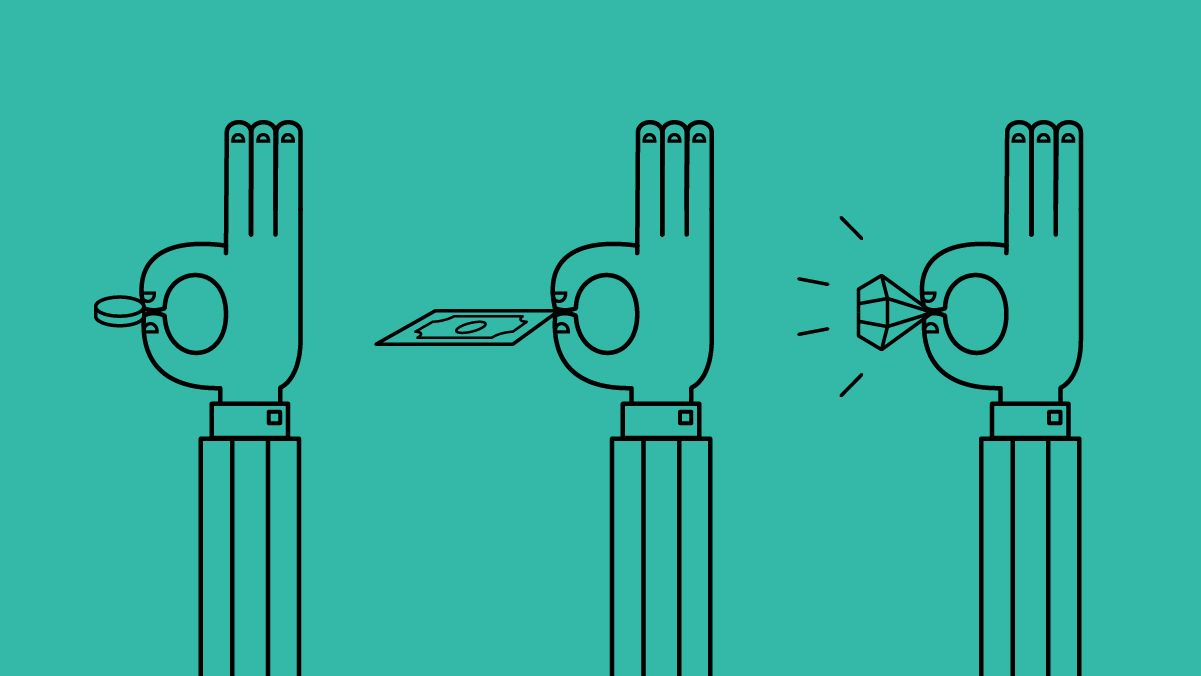
How much you should spend on startup branding
3rd June 2019
We’re often asked, “How much should I spend on startup branding? I’ve never done this before, so I’ve no idea how much it costs.” And our answer often starts with “It depends…”. Which we know seems less than helpful. However, there is no easy answer to that question. You see, what stage you’re at in your startup journey will have a massive bearing on how much you should spend, and critically how much you can afford.
How much you should spend will depend largely on the following factors:
- Your main objectives
- Your customer’s expectations
- Your market competitiveness
- The type of product/service you are selling
Each of these four factors will be different for each startup at different stages of their journey and therefore their approach is likely to be different. For example, an early stage startup in a competitive market is likely to need a stronger brand presence than one in a less competitive space – and therefore will need to spend more money.
Take, for example, our client OG Juice. They have a great organic juice product but are entering a very competitive and established consumer space. It was, therefore, an important part of their strategy that they hit the ground running with their brand. They had to invest in creating the right brand image. They knew they weren’t going to get away with mock-ups and stock library visuals of random juice products – they had to invest in carefully crafted lifestyle and product photography, to accompany a unique graphic style.
On the other hand, take Prosper BI. They also have an amazing product, a piece of FinTech that will predict an SME’s future revenue, 97% accurately. However, they are operating in a business to business, environment with little competition. Investing in a great logo design, unique graphic style and some cleverly treated stock photography, gave them everything they needed to get their initial investment and their first customers committed.
Both used the same agency (that’s us) and were charged the same hourly rate (I know, shocking), and both ended up with a stunning brand (we would say that). However, the amount they invested was significantly different – because all four factors outlined above were very different for each.
In order to try and provide some clarity, I’m going to tackle this based on the three main objectives that the startups we typically deal with at Robot Mascot have: to raise funding, to launch their product to market, or to grow their customer base.
Objective: Raise funding
If you’re an early-stage startup looking for a pre-seed round of funding, which is largely going to be used on product development. Then it’s likely that a slightly more ‘rough around the edges’ look to your brand identity will be perfectly fine for your attracting your first investors. In fact, you may not have a brand identity at all. At the most, you’ll probably be ok with a logo designed on Upwork or by an awesome freelancer you’ve met. You’ll probably get everything you need for a few hundred quid or less.
However, if you’re asking for a larger sum of money as part of a Seed round, or are at a point where your investment will be spent on refining the MVP, and building an audience in preparation for the product launch, then you may wish to consider a more professional look. A more professional brand will give inventors confidence in your business, and they’ll be able to see for themselves why your customers would want to buy the product.
We’ve worked with clients on developing their brand from the seed funding stage upwards. Most of the time, the reason for investing in a brand at this stage was to help them better explain their idea and to give them a competitive edge against the large number of startups all vying for the same pot of cash.
A brand at this stage is likely to consist of a logo, some simple brand language that quickly and effectively explains your idea, ethos and vision, and perhaps a few graphics that explain your awesome idea visually.
The recommended amount to spend on branding at a Seed stage is around 5 – 10% of your total budget. For example, if you are investing £30k of pre-seed money in getting “Seed ready” then you should spend between £1,500 – £3,000.
That said, it has been known for a startup to spend as much as 50% of their budget on branding at this early stage – but these tend to be fashion or lifestyle brands where the brand is fundamental to gaining traction.
Objective: To launch your product and begin generating revenue
If you’re at the stage of turning your initial beta or prototype into a market-ready product, then you may need to start giving your brand a little more consideration.
To effectively take your product to market, you’re going to need to invest in a brand attractive enough to get early adaptors excited, while not overdoing it (your investors will want to see you’re being sensible with their cash).
What “attractive enough” means to you will very much depend on your customers and the type of product you are selling. For example a fashion brand is probably going to need to look the dog’s wotsits, however, a brand selling B2B risk analysis software probably won’t need to look all that great at this stage – so long as the value proposition is clear. If you’ve defined the right customer segments to target at this stage, then they will perhaps be slightly more forgiving of a simpler brand look and feel, knowing that they’re getting their hands on something new and really exciting.
The startups we work with to build a market-ready brand tend to want a new, or slightly smartened up, version of their original logo, and a simple (but great looking) customer-facing website that captures the ethos and vision of their startup. It’s your brand communication that is most important at this point, and your marketing materials must have the right messaging in order to start converting early adopters.
We find that where startups invest in brand messaging first, over a polished visual identity, they achieve much greater success in signing up early adaptors. If you can clearly explain your idea to early adopters, and why it’s of value to them, they’ll forgive a slightly rough around the edges look and feel.
The recommended amount to invest in branding ready for launch is 5 – 15% of your total business budget. Of course, your overall budget is likely to be larger than before you were funded, so you can afford to get more done and use more experienced designers or even a specialist startup branding agency (like us!).
Objective: To grow your customer base and scale
Once you’ve snapped up all the early adaptors you can muster, you’re going to need to start scaling your company. To begin with, it’s likely that you’ll target the same or similar audience, but at a much larger scale.
Your marketing budgets will increase and you’ll need to get your brand out there in a number of different ways. Previously, you may have had a slightly more haphazard approach to branding – quickly changing and adapting your brand as you went.
You’ll probably have been using stock photography, stock illustrations and simple graphics in order to get your message across cost effectively. Some parts of your brand may even look and sound quite different from each other, as you’ve added and changed things over time based on your research and feedback.
Now is the time to start investing in a more unique and consistent brand look at feel, as well as develop a range of approved brand assets that can be used by all the different staff members and agencies you have working for you.
It’s at this stage that our clients tend to invest much more heavily in their brand assets. They’ll begin developing their own unique brand photography, video, illustration, iconography and language so that they own it and it can be protected by copyright.
This is because, as you scale, you’ll need to start owning the communication. There needs to be no mistaking as to who the visual and written language belongs to – your audience need to recognise elements of your brand without seeing your logo.
You’ll also find that in order to scale it’s likely you’ll need to tap into new customer segments or even new markets – especially once you’ve saturated one particular area of the market following your product launch.
These new customer segments and markets will most probably have different reasons for wanting or needing your product. Now your brand must appeal to different audiences, potentially in different countries with different cultures. Suddenly your brand needs to remain consistent while appealing to a variety of markets.
If you’ve built your brand in the correct way, you should be able to apply the same tone and visual style to a new customer segment. However, many businesses at this stage will need to invest in developing their brand so that it’s ca be re-aligned to a new, changing or wider audience.
Branding budgets at this stage become interwoven with marketing spend, rather than the overall company budget. How much of that budget is spent on branding depends entirely on the strength of the brand you’ve develop so far.
It’s likely that any spend at this stage on your brand will be informed by marketing analytics and the budget calculated on its expected impact on sales uplift and its likely contribution to the overall marketing objectives.
Summary
Hopefully, this gives you a bit of an idea on how much you should be spending depending on your own individual circumstances, as well as the type of things you should consider when budgeting for, or investing in, a brand.
Our advice would be to do the very minimum you can get away with in the early stages of your business, while you build your prototype and seek investment. At the very least try to look professional in front of investors, and make sure your brand clearly communicates your idea – you’ll be amazed how susceptible inventors are to great design, just like anyone else.
As you launch to market, consider what you really need to get your first customers vs. what you want in an ideal world. It’s often the case you need much less than you think. Invest in getting the message right and it’s likely you’re going to be on to a winner.
As you begin to scale, make sure you invest in developing a unique brand identity with a visual style and tone of voice that you own and can copyright. You want people to recognise your business at a glance, by just seeing an image or reading a phrase – they shouldn’t need to see your logo or read your brand name to know it’s you.
Understanding your brand startegy is key to ensuring you build a credible and investable brand. It has to be approached in a way that is both afforable and appropriate for your current objecives. Understanding how to help our clients launch and scale their brands in a way that best meets their current objectives and future plans is part of the reason we’ve been recognised by TopBrandingCompanies.com in their Best Brand Strategy Companies category for 2020.
Keep up to date with what we’re up to via email
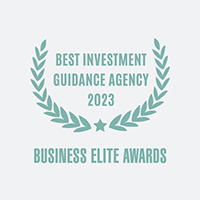
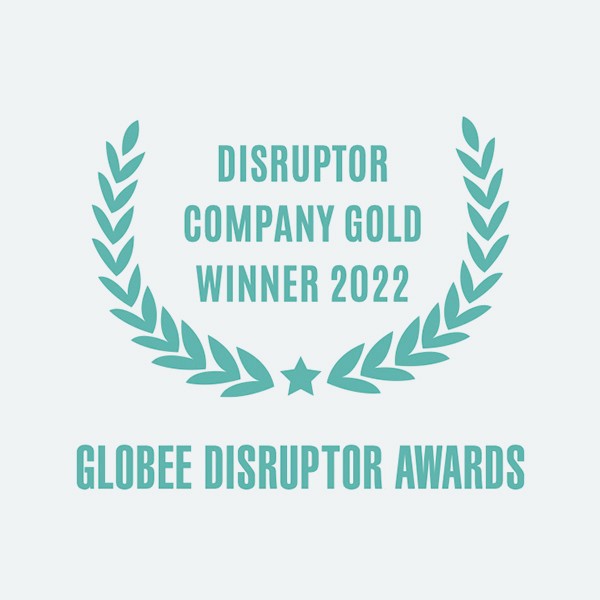
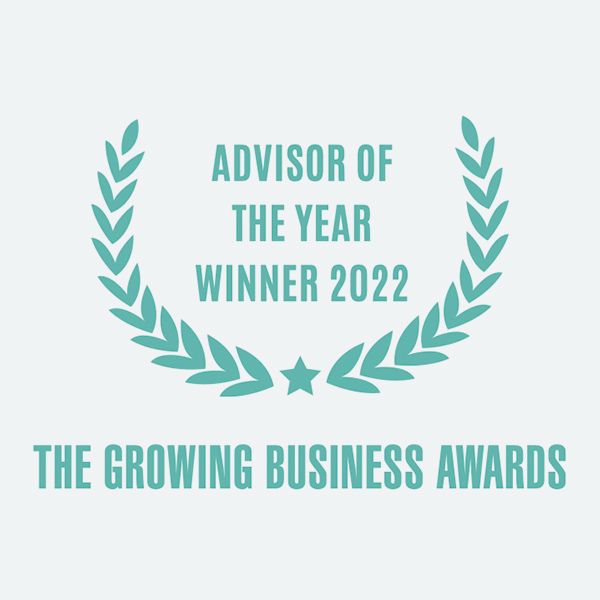
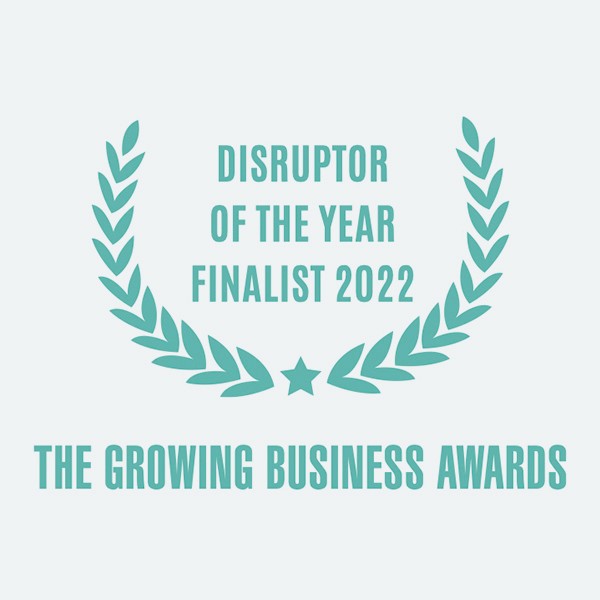
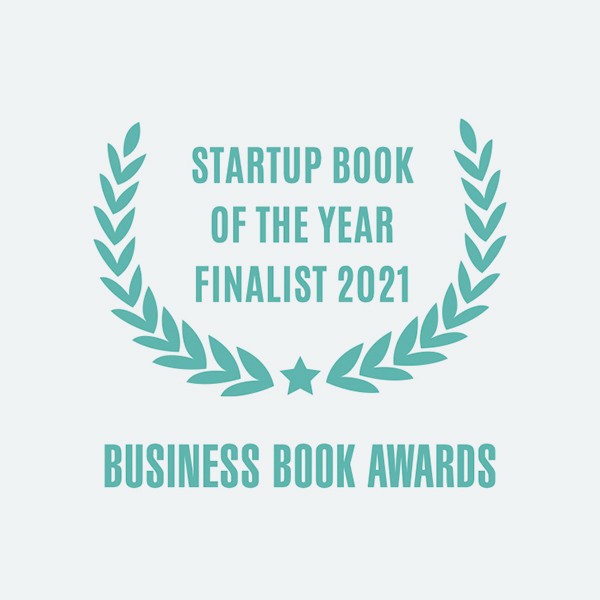
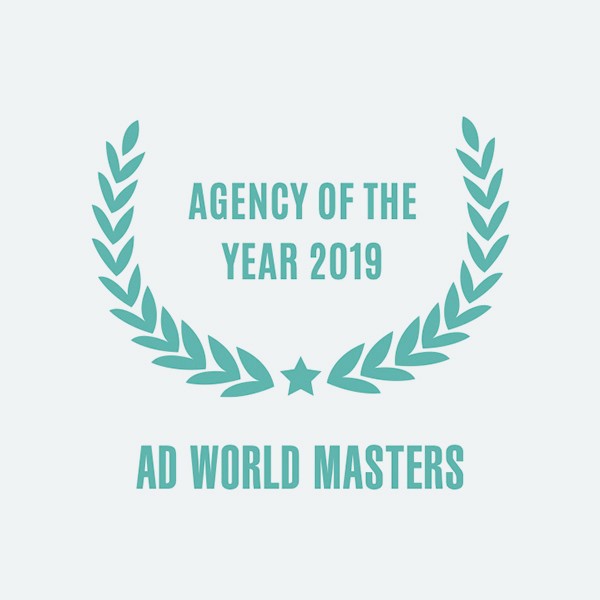
Copyright ©Robot Mascot Ltd. All rights reserved.


